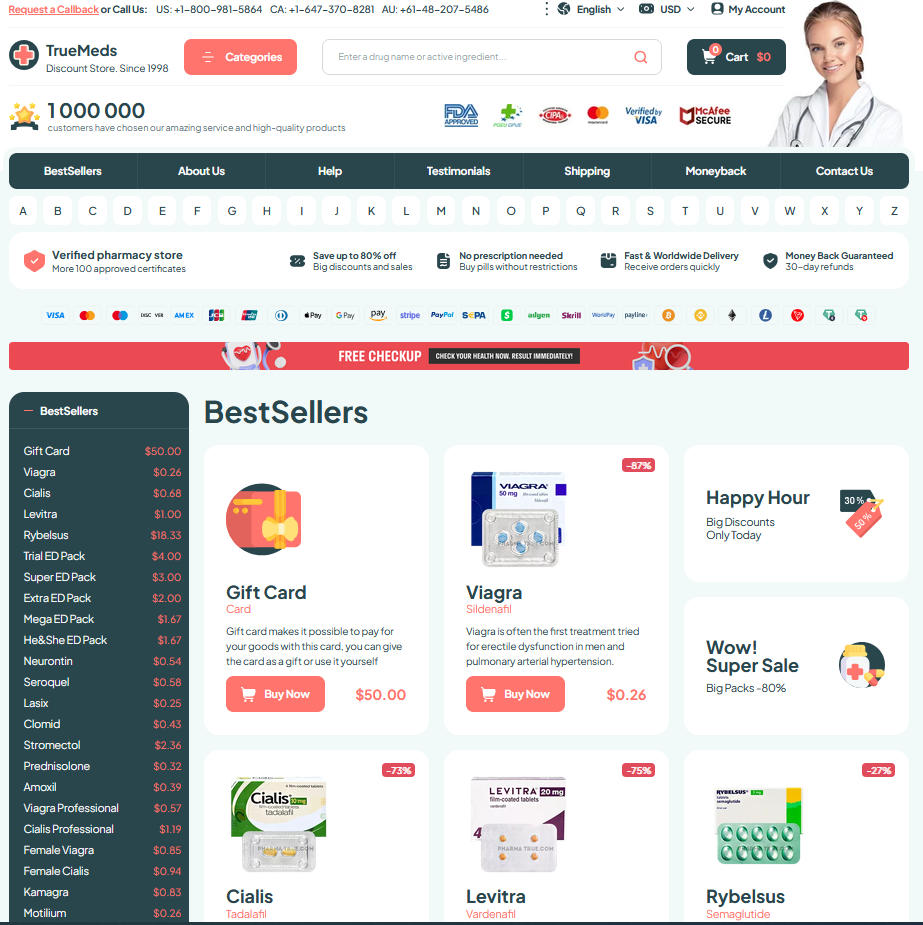 Diflucan Vs. Nystatin: Comparing Antifungal Medications
Diflucan Vs. Nystatin: Comparing Antifungal Medications
Overview of Antifungal Medications and Their Uses
Antifungal medications are invaluable tools in the fight against infections caused by fungi, which can range from mild skin conditions to severe systemic issues. These medications function by targeting fungal cells, impairing their ability to grow and multiply. The array of options available includes both prescription (Rx) and over-the-counter (OTC) treatments, each tailored to specific conditions and severities. Let's glimpse into the landscape of antifungals, where compounds such as elixirs bring relief to those in need, ensuring that mightier fungal adversaries meet their match pronto (stat).
| Medication Type | Use | Mode of Access |
|---|---|---|
| Topical | Candida infections, athlete's foot | OTC/Rx |
| Oral | More severe infections, such as systemic mycoses | Rx |
| Intravenous (IV) | Critical care in hospital settings | Rx |
Whether it’s a topical cream dealing with minor skin ailments or an intense intravenous (IV) line up against systemic threats, the right antifungal prescription is essential for effective treatment.
Diflucan: Primary Uses and Mechanism of Action

Diflucan, also known by its trade name Fluconazole, is frequently prescribed for its robust ability to combat a range of fungal infections. This medication holds a spot in the Top 200 most commonly prescribed drugs, making it a staple in treating infections like yeast infections, thrush, and even some serious systemic infections. Working primarily by inhibiting the fungal enzyme responsible for converting lanosterol into ergosterol, Diflucan disrupts the cell membrane formation in fungi, thus arresting their growth and spread. For those needing this antifungal elixir, a Script is often issued with specific Sig, detailing the dosage and duration. While typically a convenient oral Tablet, its ease of use and efficacy makes it a go-to prescription, providing swift relief to patients needing its targeted action.
Nystatin: Primary Uses and Mechanism of Action
Nystatin is predominantly known for its efficacy against Candida infections, particularly those affecting the mucosal membranes of the mouth and gastrointestinal tract. Unlike Diflucan, which can be prescribed for more systemic fungal infections, Nystatin works locally, targeting the fungus with minimal systemic absorption, making it a prime candidate for specific, localized conditions. Its mechanism of action involves binding to ergosterol in the fungal cell membrane, creating pores that lead to cell death.
When a candidiasis battle demands a fast remedy, Nystatin is often prescribed as an oral elixir or topical application. Its compounding efficiencies make it a key player in tackling thrush stat, emphasizing a targeted, direct approach.
Comparing Efficacy: Diflucan Vs. Nystatin

When it comes to tackling fungal infections, the script choice often falls between Diflucan and Nystatin, each with its strengths. Diflucan, known for its broad spectrum, is often preferred for systemic infections. Its azole class mechanism disrupts fungal cell membrane synthesis, making it a top choice in difficult cases. Meanwhile, Nystatin is a comp medication frequently reserved for topical applications due to its minimal absorption in the body, which proves beneficial for localized infections.
The efficacy of these antifungals is largely dictated by the nature and location of the infection. Diflucan’s systemic reach often garners it as a first-line treatment for more invasive infections. However, when immediate results are needed for skin or mucosal infections, Nystatin offers a direct, potent response. Ultimately, the decision between these pharmacopeia essentials depends heavily on infection type and patient needs.
Side Effects: What to Expect from Each
Diflucan, a popular antifungal often on the script list, may present side effects like headaches, dizziness, and abdominal discomfort. In rare cases, severe reactions like liver issues can occur. As with any Rx, following the sig is essential to mitigate these effects, making it noteworthy to discuss potential side effects with your white coat before starting the medication.
On the other hand, Nystatin, often available as an elixir for its sweetened formulation, is primarily associated with milder side effects, including nausea or vomiting. Despite its limited comp or pill burden, understanding individual reactions remains vital for safe use. Consulting your pharm tech can provide additional guidance on managing these symptoms effectively.
```html
| Medication | Common Side Effects | Severe Side Effects |
|---|---|---|
| Diflucan | Headaches, Dizziness | Liver Issues |
| Nystatin | Nausea, Vomiting | Rare |
Key Considerations for Choosing between Them
Choosing between Diflucan and Nystatin involves more than just reaching for a bottle on the counter. The decision is influenced by the type of fungal infection you’re dealing with and how quickly you need results—sometimes it's a stat call. Diflucan, often delivered in tablet form, is absorbed systemically and addresses deeper infections, making it a go-to Rx for broader fungal invasions. Nystatin, usually available as a topical elixir, is particularly effective for surface-level infections, so the choice really comes down to the infection's location and severity.
(832) 428-5608
Houston, TX 4101 Greenbriar Dr. Ste. 205K
info@enhancingmassage.com
(832) 428-5608
Houston, TX 4101 Greenbriar Dr. Ste. 205K
info@enhancingmassage.com
(832) 428-5608
Houston, TX 4101 Greenbriar Dr. Ste. 205K
info@enhancingmassage.com